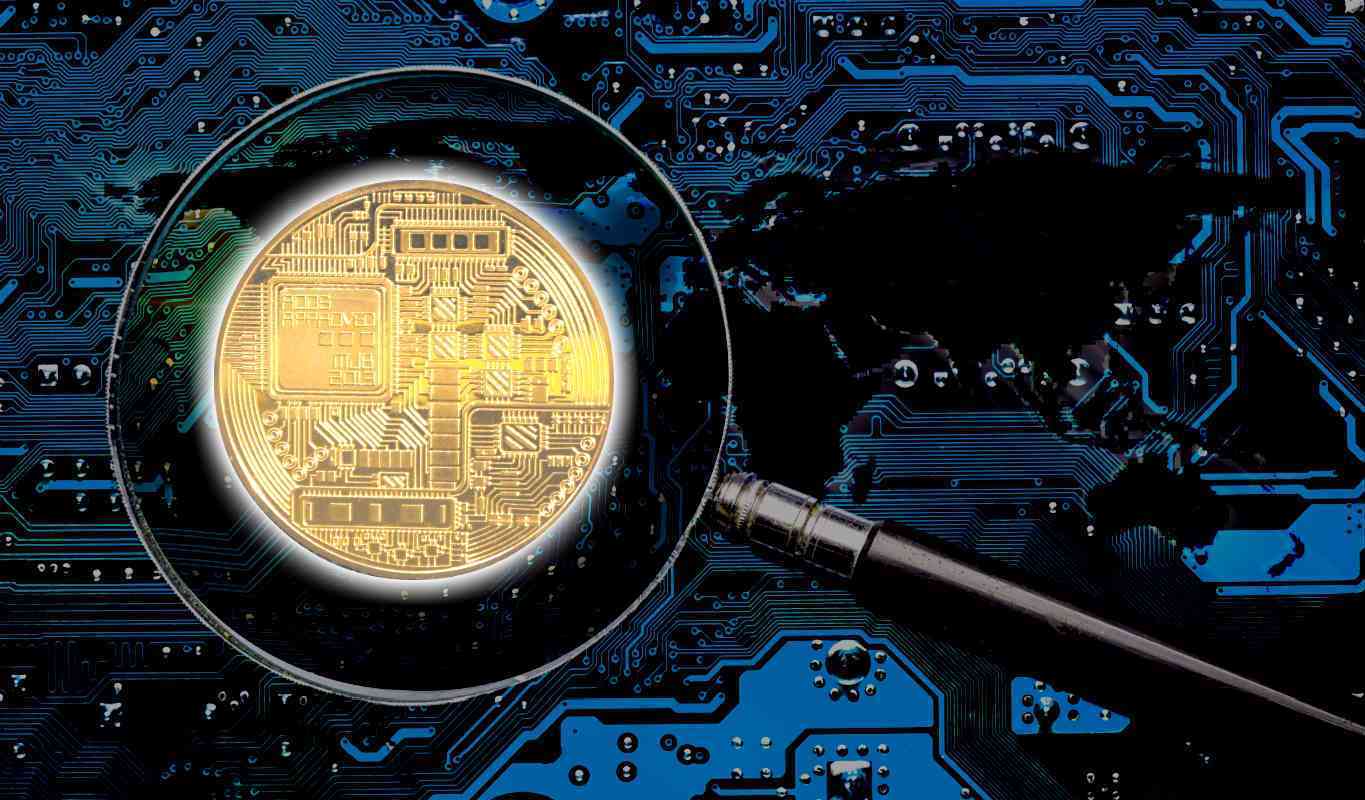The first step is to check some basic statistics and if the coin is economically active. I use CoinMarketCap for this purpose. You can also use Coingecko. I first pay attention to the following factors on CoinMarketCap:
1. Market cap & fully diluted market cap
2. 24h volume
3. circulating, max, and total supply
4. market rank and market dominance
5. markets (the exchanges where you can trade that coin)
6. total holders and the growth of holders over time
7. social media presence (Twitter,…)
8. supporting wallets
9. The short explanation of the project in the overview section
10. Website
11. Whitepaper
I make sure the coin is listed on at least one major exchange like Binance and it has a considerable trading volume. I don’t invest in or trade cryptos that are listed in exchanges like Uniswap since those don’t have any listing criteria or requirements.
I prefer the coin to be listed on at least one of these six exchanges: Coinbase Exchange, Binance, FTX, Kraken, Kucoin, and Gate.io. If not then I most probably don’t consider it for investing or trading.
You can go to Masari and check the profile section of the coin you’re interested in. Here you’ll often find a deep comprehensive breakdown including the history of the cryptocurrency, detailed tokenomics and token allocations, and even a timeline of the project’s past and future development and funding milestones. It is a good idea to write down the names of any key individuals involved in the project like the founders.
Be sure to check your coin on Binance Research. It gives a thorough analysis of supported cryptos similar to Masari but is more technical. So I suggest using both these websites together.
The information on Messari and Binance Research may be outdated since crypto projects are constantly evolving and changing but still, it helps you with your investment decisions.
You wanna make sure that most of the tokens that are issued or will be issued are in the hands of the community and not the founders. ICODROPS (link at the end) and Messari websites can help you with this information.
I check if the coin has an official channel on YouTube. It may be a community-driven channel. I look for interviews, updates, or news.
In the official documentation of your crypto, you can solve unanswered questions or risen doubts in your research process. Some key terms that you may look for are tokenomics, inflation, ICO, consensus mechanisms, mining, and staking. You can get additional insight by reading the whitepaper. A lot of fundamental and technical information you have gained so far is also available in the whitepaper.
You can use a blockchain explorer for your crypto to check who the largest token holders are and see the token distribution in a pie chart. Pay attention to any wallets that are holding a substantial amount of the token and remember that the largest wallets you see will sometimes be smart contracts used for things like staking. If your cryptocurrency of choice is an ERC20 token I recommend using Etherscan.
If your cryptocurrency of choice isn’t an ERC20 token hopefully the blockchain explorer for it will let you see the rich list of token holders, if not consider that a red flag.
Be sure to check the blog and roadmap of your crypto. Check if there is any recent news or event. Not having a blog clearly explaining the project and updates is not a good sign.
Some good and famous sources of crypto news are Cointelegraph, Coindesk, Decrypt, and The Daily Hodl. You can use CoinMarketKal to see the list of past and upcoming events for your crypto. It is a very useful tool.
Just because the developer or founder of crypto has been in a big company like Google or Microsoft doesn’t mean this is a good project.
Ask the following questions about your coin of interest for investing:
What problems is it solving?
What are its competitors in its category?
How is it different from its competitors?
Is it deflationary or inflationary?


